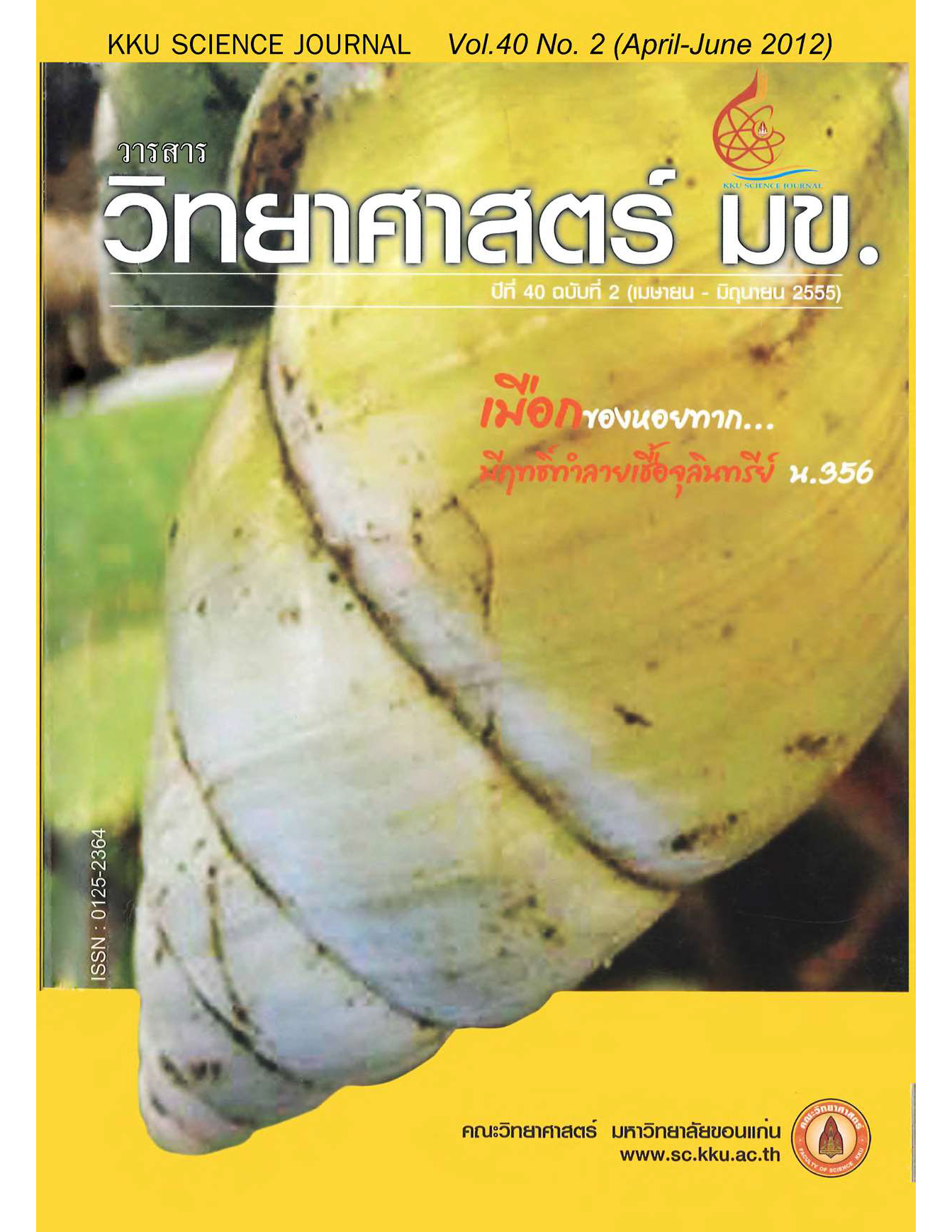Depositional Environment of Chert Using Geochemical Analysis: Geotectonic Implication
Main Article Content
Abstract
Rare earth and major element geochemical analysis of cherts has been proved to be a useful tool for determining the depositional environment of marine sediments. The result can be applied for basin evolution or geotectonics especially in the highly structural complex regions such as geosuture or subduction zone. REE analysis of cherts is widely used because of their immobility during diagenesis in comparison to most of major elements. Differences in REE compositions in cherts are generally related to continental and spreading ridge influences, so the proximity of the chert sequences to these environments can be obtained. By sedimentary process, the main source rocks for REEs from land were eroded and transported to the sea by rivers. Light rare earth elements (LREE) and heavy rare earth elements (HREE) are exhibit relatively equally, without apparent fractionation in river and shallow marine environments. However, anomalies of some REEs can be observed in sediments deposited in a relatively deeper environment, some distant from the continent. Additionally, the major elements, elements have been used together with REEs in order to interpret depositional environment and the origin of cherts. The current study of this geochemical analysis of cherts in Thailand, including Late Devonian cherts from Loei and Middle Triassic cherts from the north, reveal continental margin environment. The results indicate that chert sequences in Thailand were deposited not only in pelagic but also continental margin. This conclusion is compatible with the current scenario of basin evolution and geotectonics in the regions.
Article Details

This work is licensed under a Creative Commons Attribution-NonCommercial-NoDerivatives 4.0 International License.


